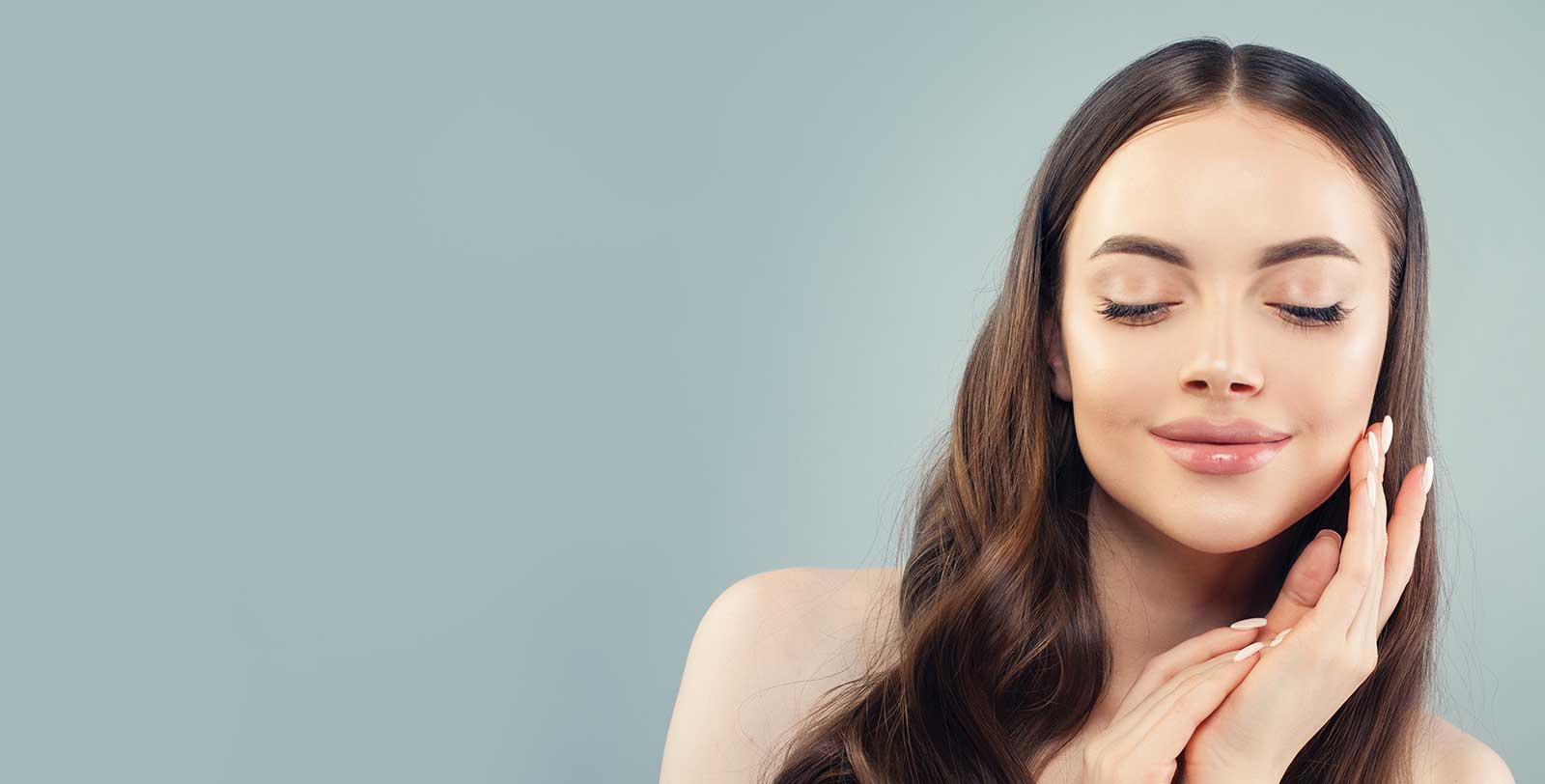
Discover the difference between normal teenage acne and more severe, persistent types. Find out what to do—and what not to do—for pimples and acne lesions of all kinds. Know when acne needs something more than over-the-counter topical treatment. Learn about all things acne, and get your individual questions answered in the process. Use this overview to quickly find the acne information you’re looking for.
In general, the bigger and more painful the acne, the more serious the condition, but even large and painful acne lesions may respond well to treatment. While most teenage acne manifest as comedones (blackhead and whitehead pimples), a particularly bad lesion can quickly turn into pus-filled cystic acne requiring medical attention.
Some types of acne can resemble each other. Pustules may seem like just a big pimple to the untrained eye but are, in fact, a symptom of a more severe type of acne. What may have seemed like blackhead acne at first may turn out to be a nasty bug bite. Because it can be caused by clothing, heat, sweat, and/or friction, acne mechanica can present with nearly any type of acne lesion.
Knowing the type of acne by appearance can help you determine if over-the-counter acne medications are enough, or if you need to see a dermatologist. Here is a basic description for each type, but if you’re still unsure about your acne—or even whether a painful skin blemish is acne at all—then it may be time to make an appointment.
You can get acne any place where there is a hair follicle—pretty much any place except the palms of the hands and the soles of the feet. That said, there are definitely parts of the body some types of acne like more than others. The medical term to know here is ‘sebaceous glands.’ These are the glands that secrete sebum, the oily substance that keeps your skin from drying out. Unfortunately, these glands are also prone to continue secreting oil even after the pore is clogged. Some areas of the body have a higher concentration of these glands and are more prone to acne. The face is the most common location for acne, followed by the back and shoulders.
There is a big difference in acne treatment for the occasional pimple on the legs during summer and widespread acne across the back and shoulders. Learn more about what to expect with acne on different locations on the body.
Teen acne vs. adult acne is the distinction familiar to most people. Nearly everybody will get at least a few pimples during their lifetime. Many struggle with acne for a short time during their teen years and then experience pimples only rarely after that. Some 20 million teenagers in the U.S. suffer from acne, some with more severe outbreaks than others. Even “normal” teenage acne can take its toll if it leads to lower self-esteem, social problems, and permanent scarring. If acne is impacting your overall health, simply being a teenager is no reason to avoid the dermatologist.
Learn more about what to expect and when to see a doctor for teen acne.
Acne can also affect adults, either because of lifestyle factors and occupational hazards or because there is a predisposition to a more severe type of acne. Some people can seemingly break all the rules and never struggle with acne. Other people need to do everything right just to keep their adult acne in a manageable condition.
Learn more about why and when you should see a dermatologist for adult acne.
There are different types of acne based on the shared characteristics and underlying causes of the acne lesions. Occasional pimples and mild acne may be treated with over-the-counter medications and a better skin care routine. If you have severe or recurring lesions that are painful and potentially scarring, knowing your specific type of acne will help determine which treatment is most likely to work for you. This is another reason why it’s important to see a dermatologist for severe types of acne.
Even if you’re still not sure what type of acne you have, large and painful acne outbreaks are best treated by a dermatologist. Contact us to schedule an appointment.
*Results may vary per patient.